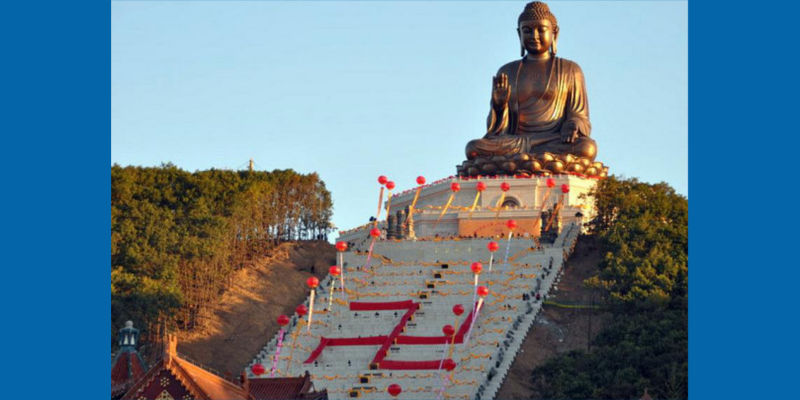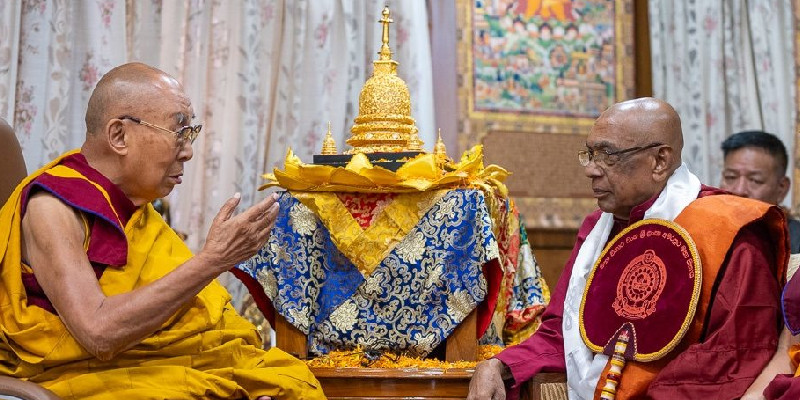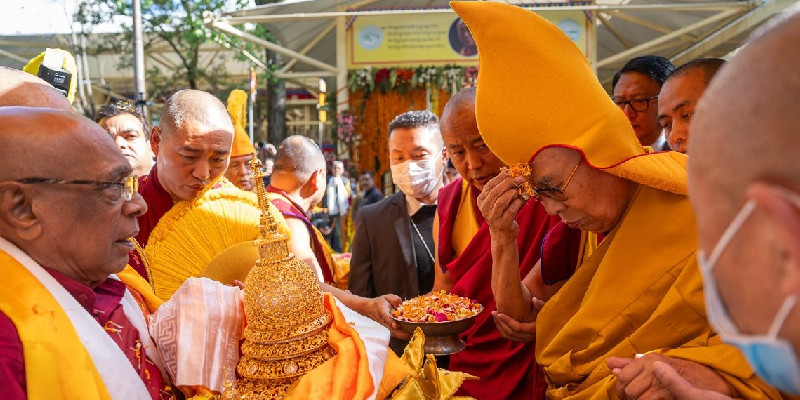Buddhism, regardless of its circumstantial location, has long been an object of attraction for travellers. Clump the philosophies of Buddhism along with monastery-like essence and you have a gold mine in the form of tourism. China, while having less to do with Buddhism than India in terms of historical links, is cultivating the Buddhist essence to attract tourists and followers from all around the world.
The Yunggang grottoes is one example. It is one of three renowned sites of Buddhist art in China. Giant statues of Buddha have been carved on mountains and the site, which was earlier a hub for coal mining, has been developed with green economy policy. Compared to India where there are numerous important historical locations of Buddhism, China is focusing on infrastructure, hotels and marketing to ensure that all the needs of the foreign tourists flocking in are taken care of.
“The grottoes is a big part of our tourism push, and we are getting travellers from Asia and India too,” Deputy director of Shanxi province tourism development committee Wang Lin told the media.
Inbound tourism in China is also on the rise. In 2016, China recorded a massive 138 million tourists with Hong Kong accounting for 81 million.
Japanese tourists, most of them reverential followers of Buddhism, numbered to an estimation of 2 lakh compared to 40 lakhs in China. More Chinese people travelled to Sri Lanka instead of India.
When asked about the dearth in Chinese and other tourists in India, Chinese travel agents said that India has not taken a Chin-centric view of the Buddhist tourism. They complained about the lack of hotels at Buddhist sites and lack of Chinese speakers in India.







Leave a Reply